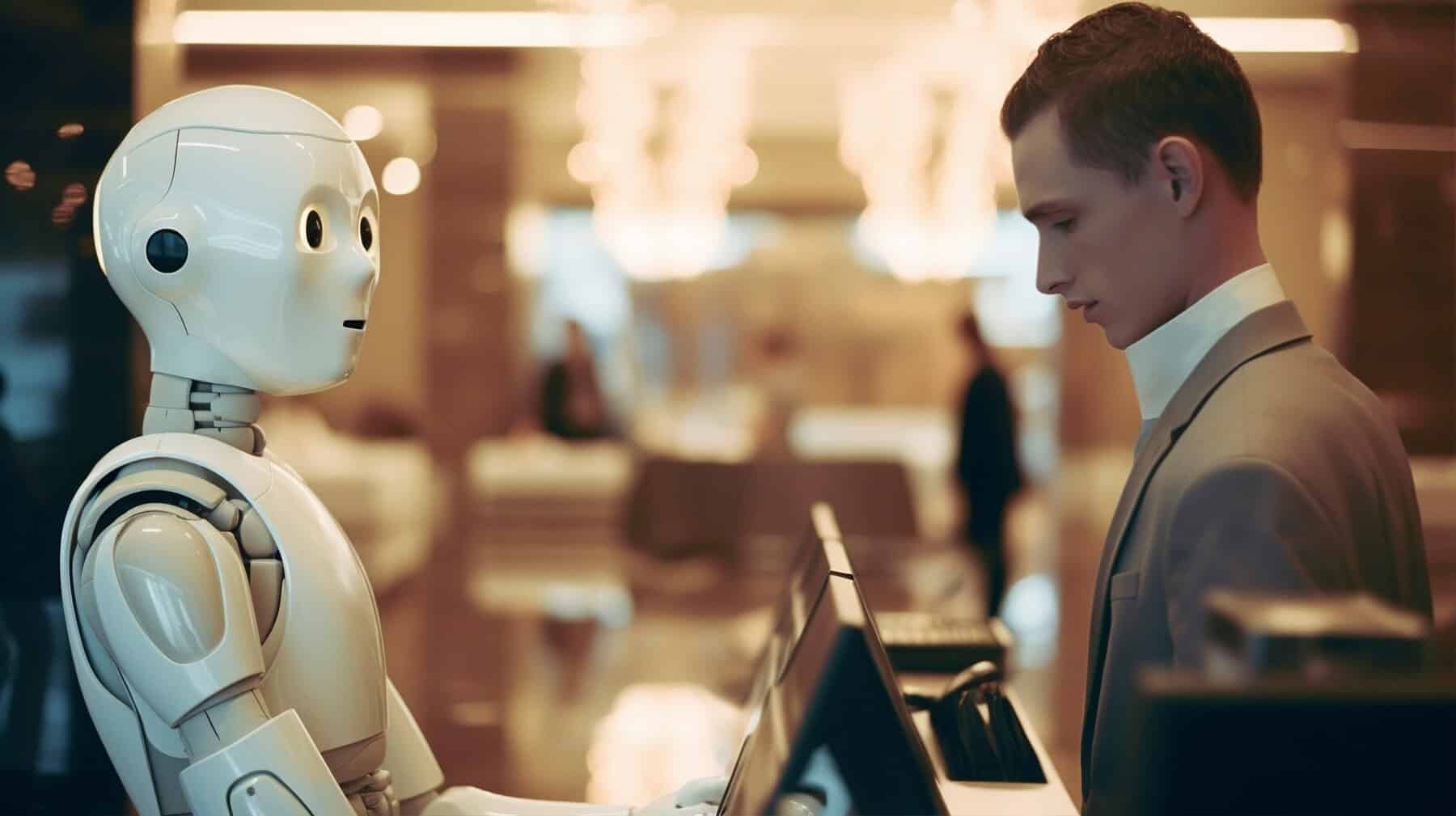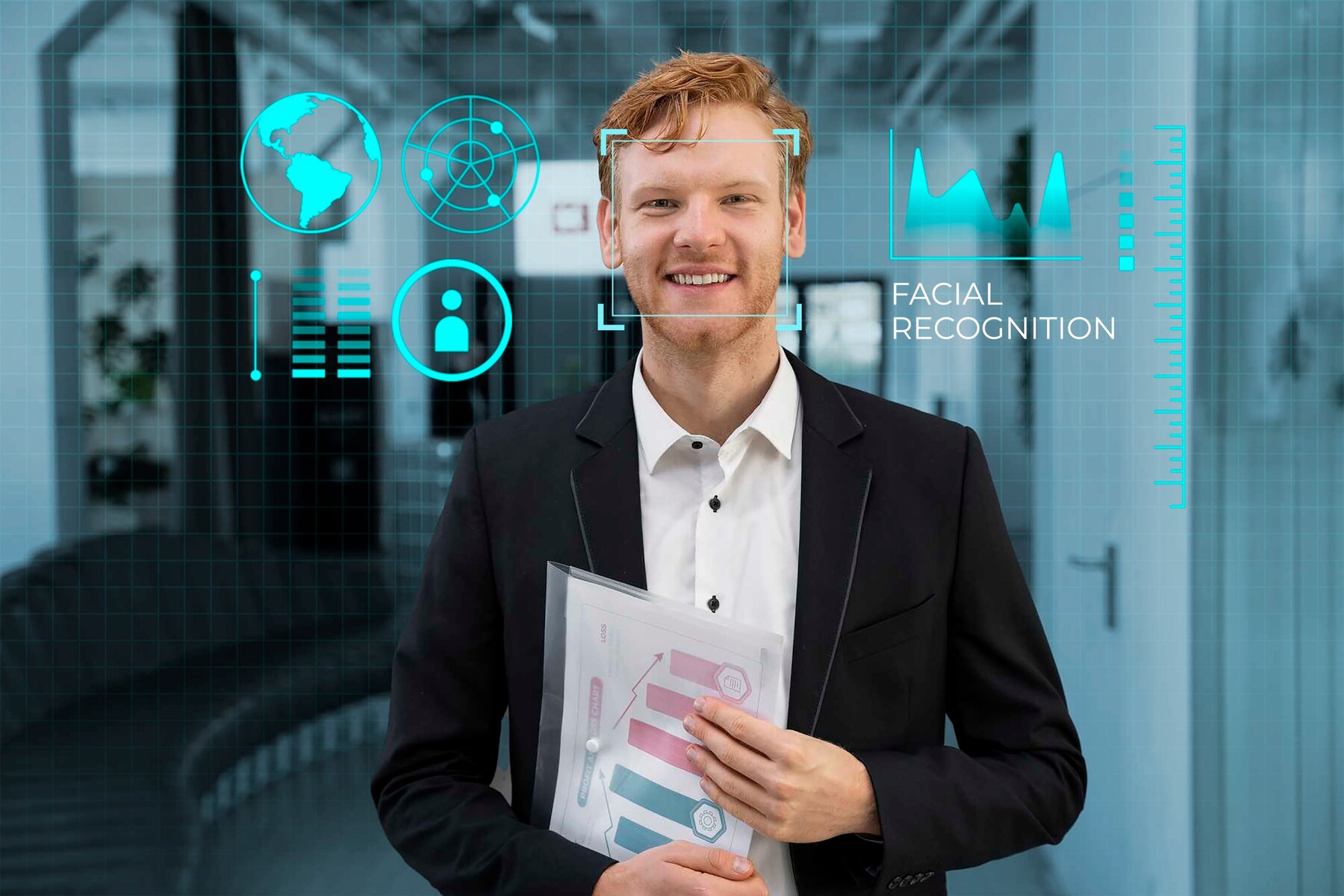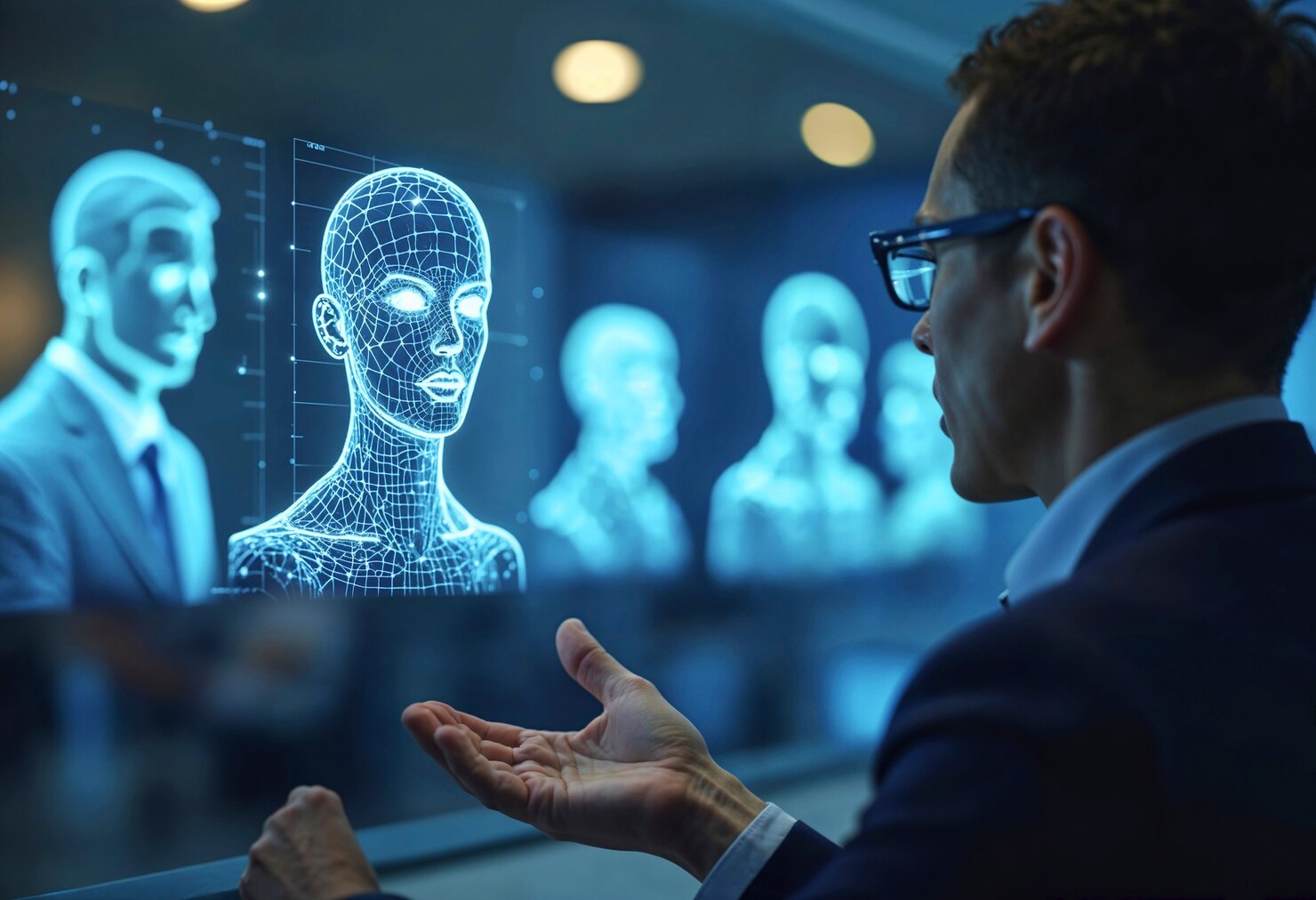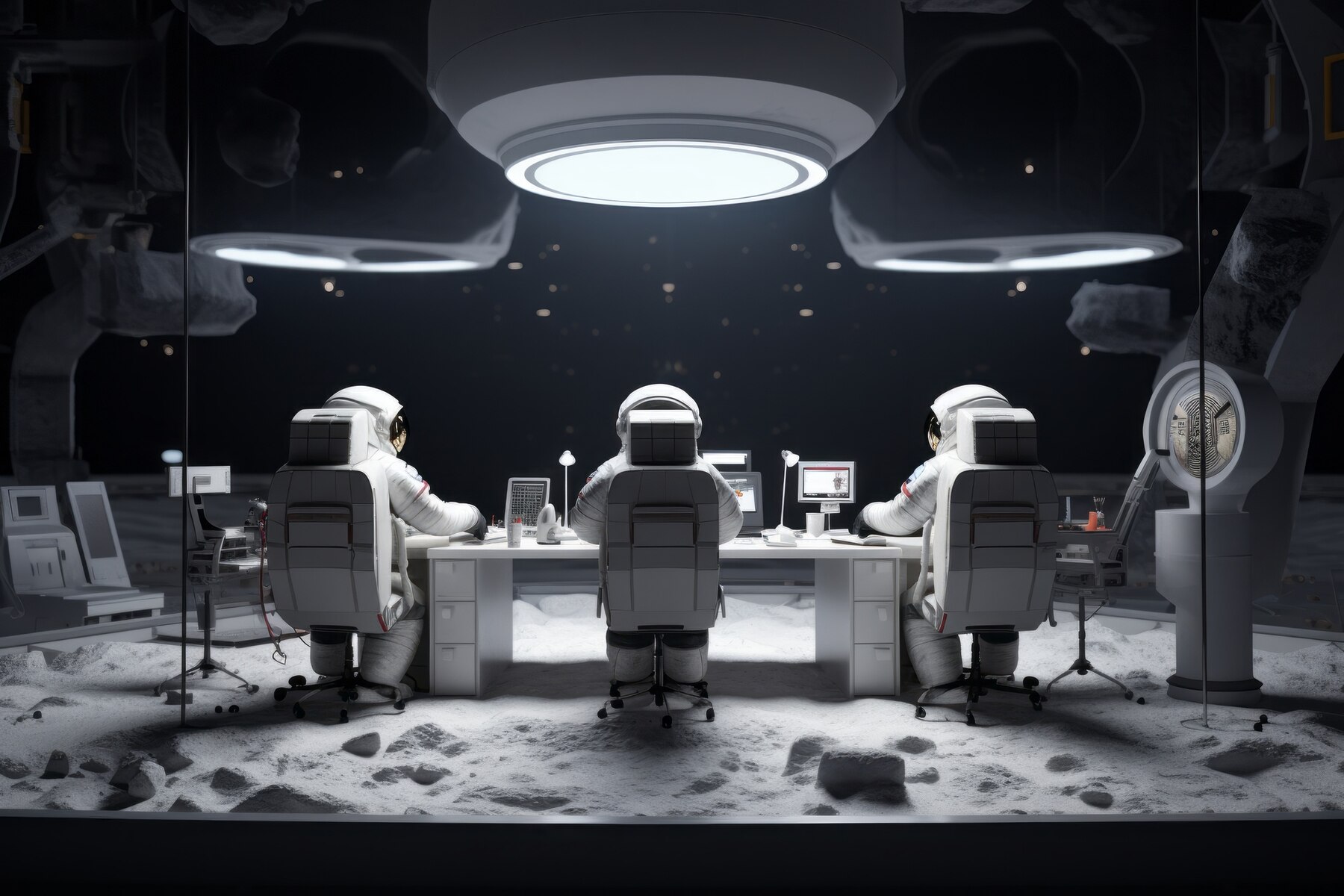
The Debate Over AI Replacing Human Jobs: Myths vs. Reality
Artificial Intelligence (AI) has quickly transformed from a mere concept of the future to an integral part of our everyday existence. Its reach covers numerous industries and has ignited conversations about its potential as a replacement for human workers. This debate is rife with myths and realities. We must look at the facts to understand AI’s impact on employment.

Understanding AI Job Automation
Defining AI Job Automation
AI job automation means using AI technologies to do tasks that humans usually perform. This includes work like data analysis, customer service, and decision-making. The appeal of AI is its ability to work tirelessly, make fewer mistakes, and handle information at high speeds.
Historical Context of Automation
Automation is not new. The Industrial Revolution introduced machines that transformed industries. This also sparked worries about job loss. However, history shows that while some jobs vanished, new ones appeared, and productivity grew. This past can help us understand today’s AI-driven changes.
The Myths Surrounding AI and Employment
Myth 1: AI Will Lead to Mass Unemployment
Many fear AI will wipe out many jobs, leading to massive joblessness. AI can automate specific tasks, but claiming it will replace every human role is an exaggeration. Many jobs need careful human interactions and emotional intelligence. AI can’t replicate these skills.
According to a 2020 study by the World Economic Forum (WEF), AI could lose 85 million jobs globally by 2025. However, the same report also forecasts the creation of 97 million new jobs in areas related to AI. This suggests that AI is more likely to change jobs rather than eliminate them.
Myth 2: Only Low-Skilled Jobs Are at Risk
It’s often assumed that only low-skilled jobs are at risk of automation. In reality, AI has advanced enough to affect journalism, software development, and accounting jobs. AI can write articles, code, and handle financial data, showing that even skilled jobs can be at risk.
AI-powered legal software automates tasks like contract analysis and legal research, helping paralegals and junior lawyers with their workload. Still, human expertise is needed for nuanced decisions and court representation.
Myth 3: AI Can Fully Replicate Human Creativity and Empathy
While AI can imitate some creative tasks and analyse emotions, it lacks absolute consciousness and emotional depth. Jobs that require genuine empathy, like therapy and caregiving, remain safe from automation. These roles depend on human connections that AI cannot provide.
AI-generated content has raised questions about originality. While AI can create art and music, it relies on existing data, not genuine inspiration. Human creativity is born from experiences and emotions—qualities AI cannot truly capture.
The Reality of AI’s Impact on Jobs
Job Transformation Rather Than Elimination
AI usually leads to job transformation instead of outright loss. It can automate specific tasks, allowing workers to focus on higher-value activities. This shift requires workers to learn new skills and adapt.
In customer service, chatbots handle simple questions. This lets human agents focus on more challenging issues that require empathy and problem-solving. This transition shows how AI enhances human work rather than entirely replacing it.
Creation of New Job Categories
AI’s rise has created new job categories. AI ethics consultants, data annotators, and machine learning trainers are now essential roles. This trend highlights AI’s ability to generate jobs that didn’t exist before.
LinkedIn’s Emerging Jobs Report shows that AI jobs, like AI specialists and robotics engineers, are proliferating. As AI advances, demand for AI development, data science, and cybersecurity experts is expected to grow.
Sector-Specific Impacts
AI’s effects vary by industry. Some sectors see significant changes, while others stay focused on human skills.
Healthcare
AI aids in diagnostics, drug discovery, and data management, but the human touch in patient care is irreplaceable. AI tools help radiologists spot anomalies in scans, improving early disease detection. Doctors and nurses offer emotional support and make complex decisions. AI cannot do this.
Manufacturing
Robotics in manufacturing boost efficiency. However, skilled technicians are still needed to maintain and program these systems.
Education
AI provides personalised learning. However, educators play a key role in mentorship and meeting each student’s needs. AI tutoring systems can create personalised lesson plans. However, human teachers are key to developing critical thinking and social skills.
Jobs Less Likely to Be Automated
Roles Requiring Emotional Intelligence
Jobs that require empathy—like nursing, counseling, and social work—are less likely to be automated. The ability to understand and respond to emotions is complex for AI to mimic.
Creative Endeavours
Fields that involve creativity—such as writing, art, and music—depend on human experiences and emotions. While AI can help in these areas, human creativity’s originality and depth remain unmatched.
Skilled Trades
Plumbing, electrical work, and carpentry jobs require hands-on skills and fast thinking. This makes them less likely to be automated.
Preparing for an AI-Integrated Workforce
Embracing Lifelong Learning
As AI evolves, continuous learning becomes essential. Workers should seek to upskill opportunities, focusing on areas where human skills complement AI.
Developing Soft Skills
Skills like critical thinking, communication, and adaptability can give workers an edge in an AI-driven job market. These soft skills are challenging for AI to replicate and are highly valued across industries.
Policy and Education Reforms
Governments and schools should team up to update training programs. This way, they can meet the changing needs of the workforce. This includes adding tech literacy and ethical AI considerations to education.

AI and the Workforce: Balancing Innovation and Employment
The question of whether AI will take our jobs is, to put it mildly, a complicated one, combining equal parts myth and fact. Even as AI reshapes the job market, it doesn’t seem likely to trigger a wave of joblessness. Instead, it is an opportunity to rethink work, focusing on the parts of a job that showcase distinctly human skills. AI can create job demand, too, as the workforce has to learn, adapt and focus on emotional intelligence. Such collaboration can transform potential obstacles into opportunities for development.
Keep up with the changing tech world. Invest in your growth and stay updated on AI advancements. Whether you’re a student, a professional, or a policymaker, using AI can create a future. In the future, humans and AI will collaborate to boost innovation and productivity.


